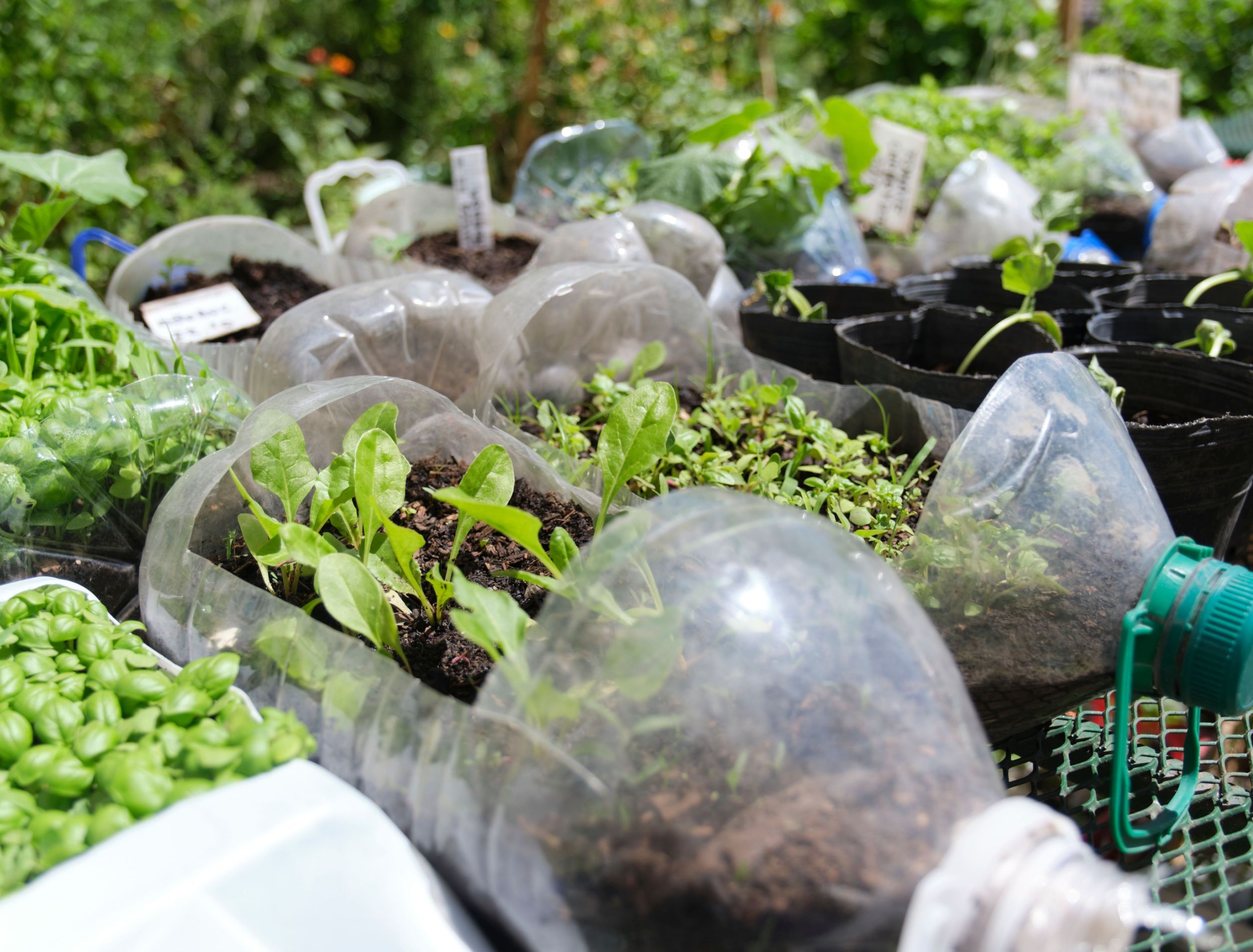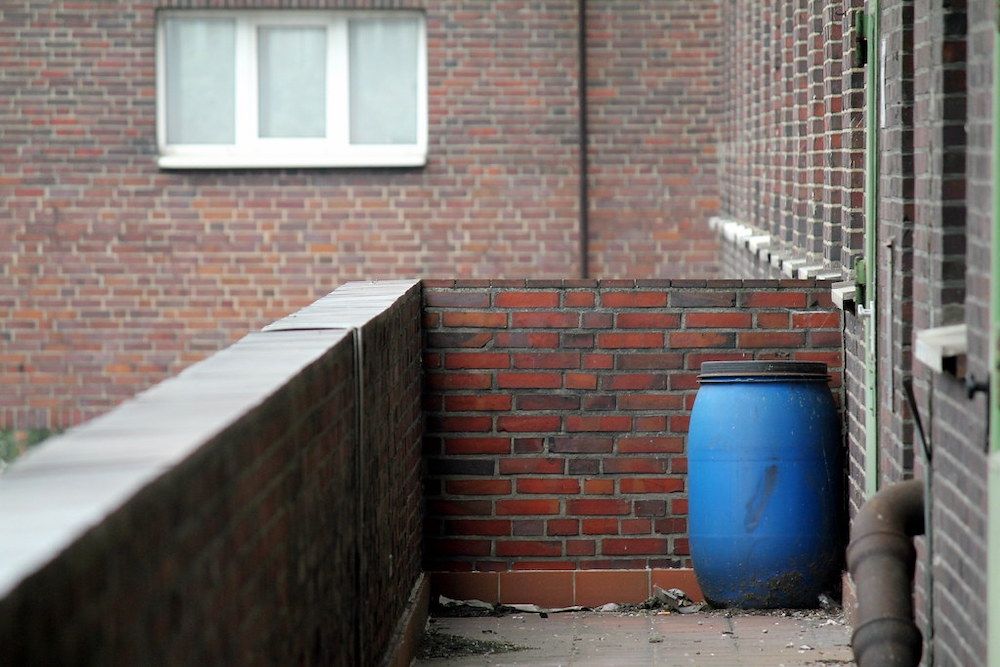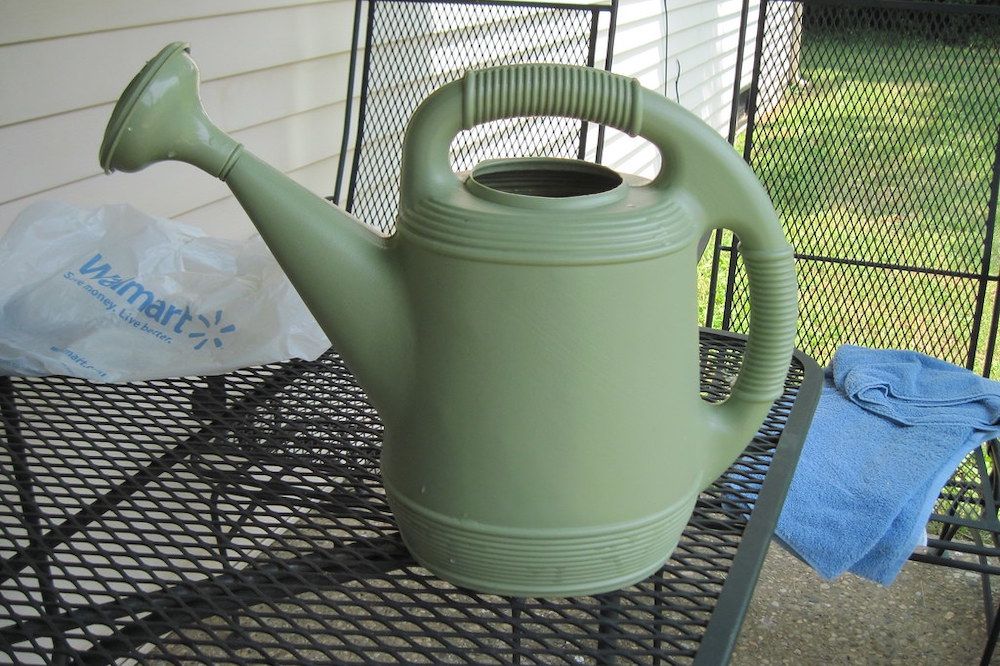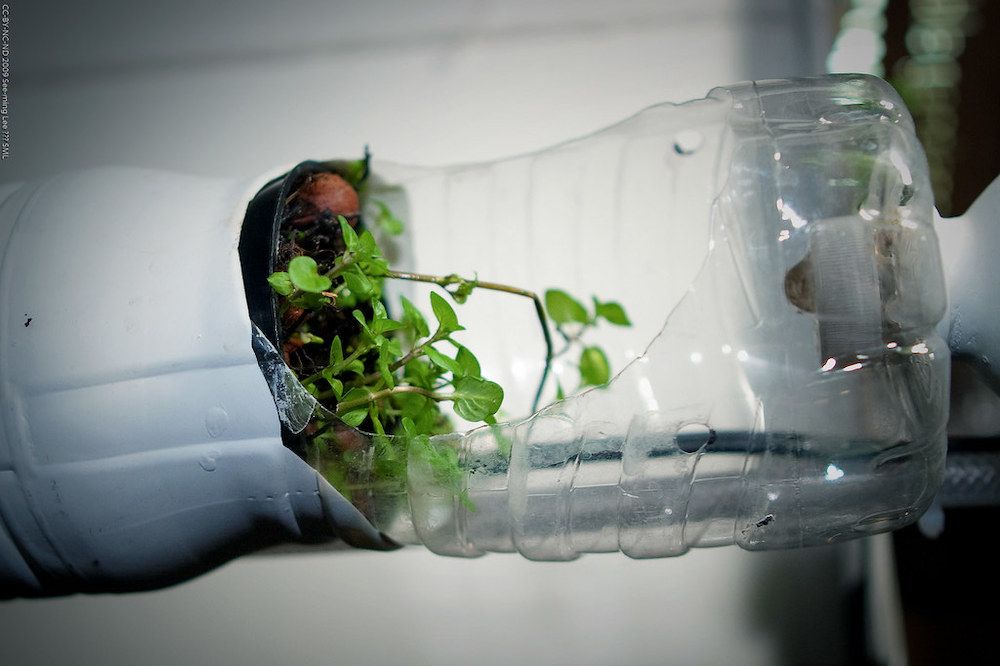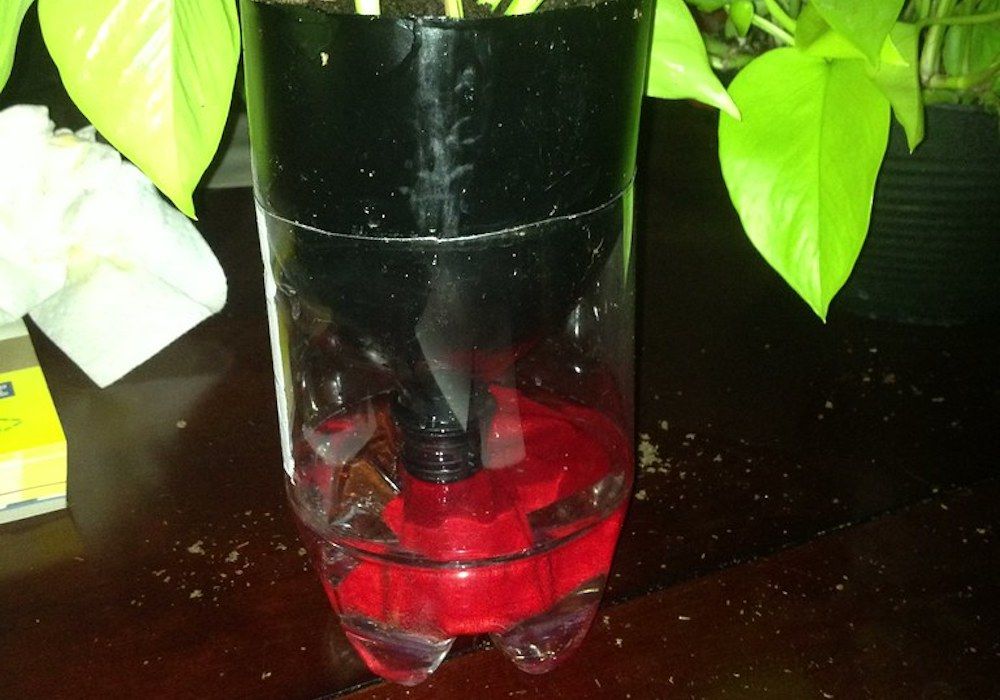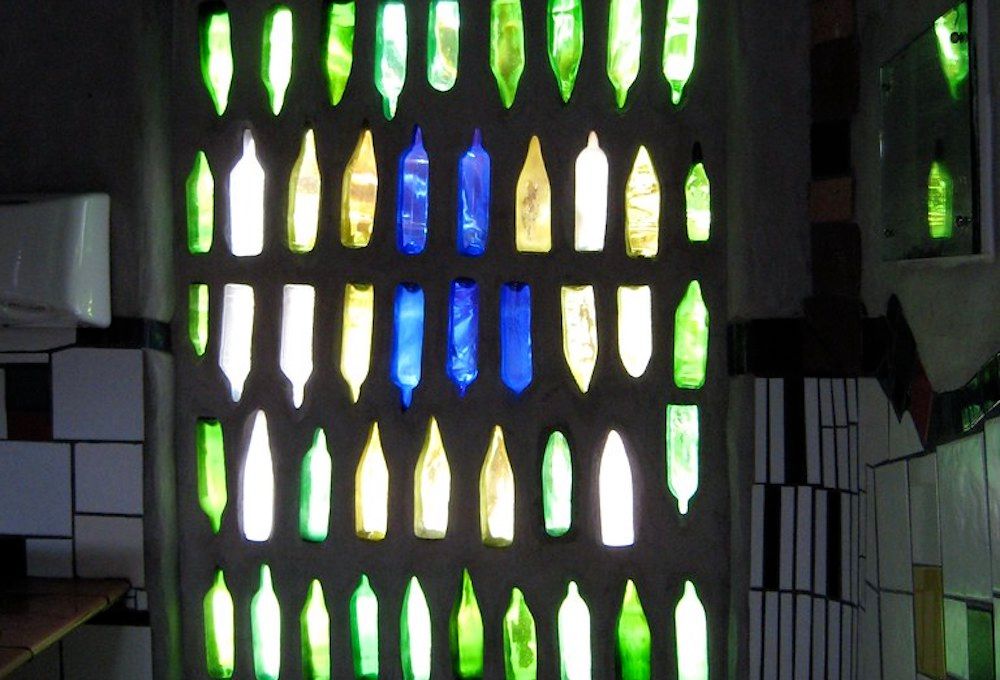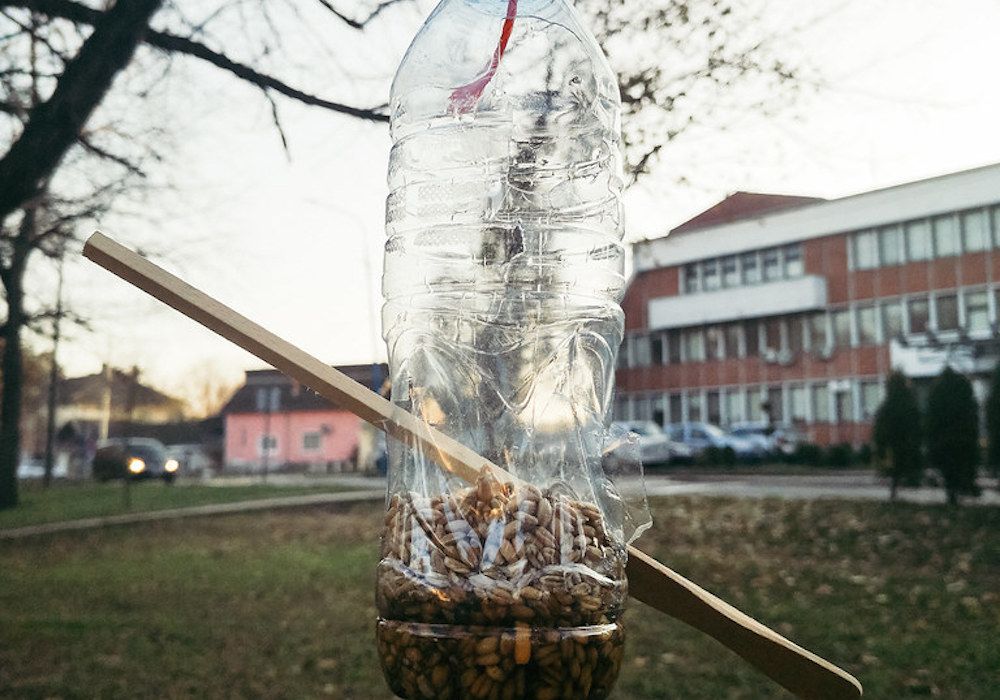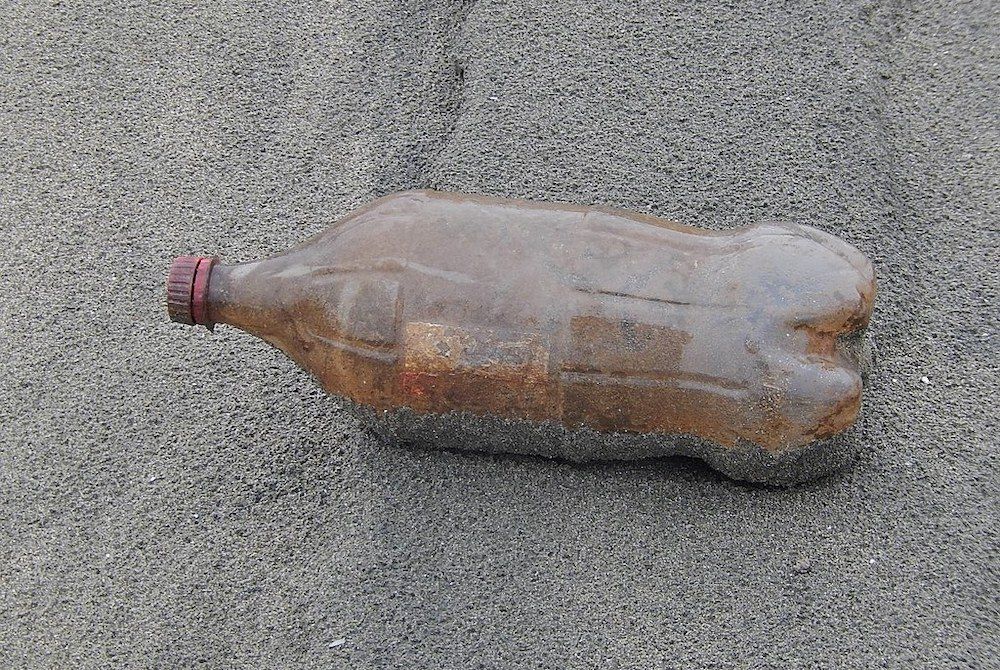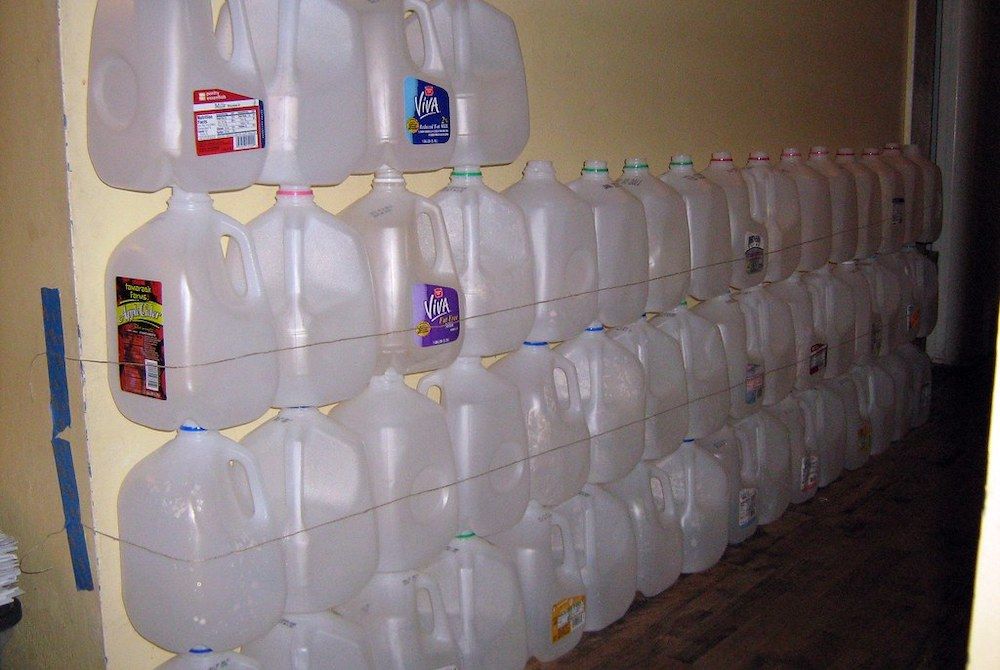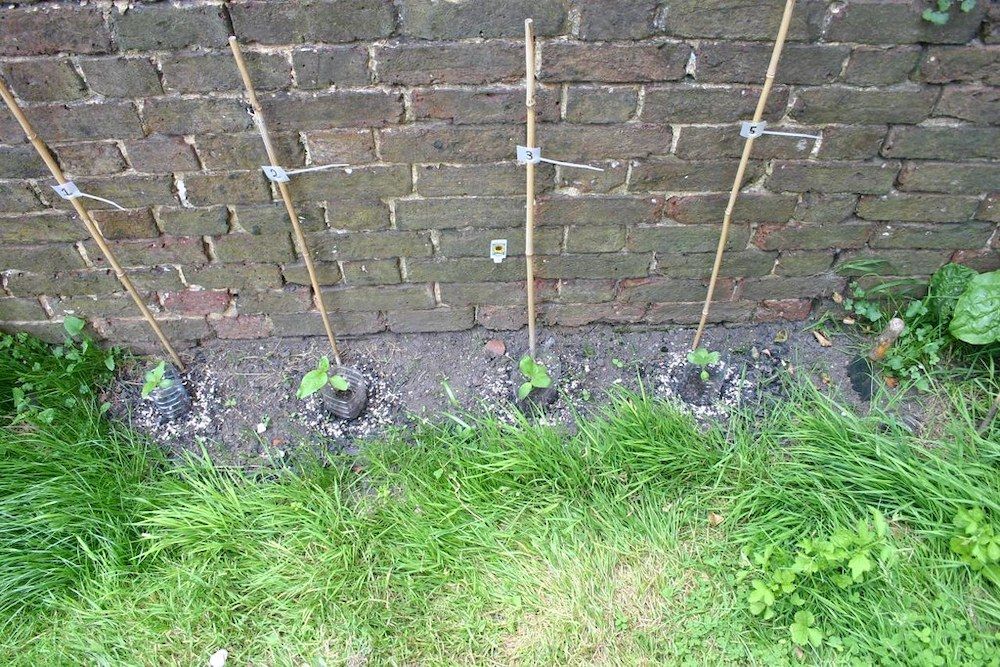Key Takeaways
- Key Takeaways:
- Plastic containers contribute to significant waste, with only 9% being recycled. This waste harms wildlife and the environment.
- Upcycling plastic containers in gardening can help reduce waste. Examples include using them as rain barrels and creating watering cans.
- Plastic containers can also be used to make vertical gardens, self-watering planters, fences, bird feeders, eco-bricks, hand baskets, and seedling protectors.
Plastic containers are notorious for their non-degradable and invasive nature. Every year, the plastic industry churns out 380 million metric tons of plastic, of which only 9 percent is recycled.
The remaining 91 percent ends up in landfills, oceans, or other natural environments. This plastic waste can take hundreds of years to decompose, and it can have a devastating impact on wildlife and the environment.
Gardening can also contribute to plastic waste. Plastic pots, packaging for garden tools, and other gardening supplies often end up in landfills. However, there are many ways to upcycle plastic containers and give them a new life in the garden.
Here are some creative ways to use plastic containers in your garden.
9 Creative Ways to Use Plastic Containers in Your Garden
These are just a few ideas for upcycling plastic containers in the garden. By reusing plastic containers, you can help to reduce plastic waste and keep your garden looking beautiful.
1. Reuse a Plastic Drum as Rain Barrel
A rain barrel is a large drum that collects rainwater from downspouts and rooftops. It helps reduce stormwater runoff and soil erosion, conserves water for your garden, and can be used as emergency storage during droughts.
Rainwater is less hard and does not contain minerals and chemicals that are often found in tap water, making it ideal for plants. Rain barrels typically range in size from 55 to 95 gallons, costing anywhere from $25 to $45.
You can also recycle a plastic container to create your own rain barrel. This is a great way to save money and reduce waste. However, it is important to ensure the plastic container is food-grade before you use it. You should also clean the container to remove any chemicals that could contaminate the rainwater.
To ensure it is food grade, turn the barrel around and look for a three-arrow triangle with a number inside. The number should read 1, 2, 4, or 5 for it to be safe for garden use.
2. Watering Cans From Plastic Bottles
Watering cans are a staple in every gardener's toolkit. They are used to distributing water to plants, and they come in a variety of sizes and materials. Traditional watering cans are made from metal or plastic.
However, you can make your own watering can from recycled plastic bottles. This is a great way to save money and reduce waste. You can transform large milk jugs, 2-liter soda bottles, or laundry detergent bottles into watering cans for your garden.
Interestingly, milk jugs and laundry detergent bottles are made of high-density polyethylene (HDPE). HDPE is a strong and durable material that is also resistant to chemicals. This makes it a good choice for making watering cans.
3. Vertical Garden
Vertical gardens are a great way to add greenery to your home or garden, even if you don't have a lot of space. You can use soda bottles to create your own vertical garden, which is a fun and inexpensive project.
To make your vertical garden, you'll need soda bottles, scissors, rope, twine, wire, washers to hold up the rope or wire, the potting medium, and seedlings.
Method
- Cut out the rectangles on the midsection of the soda bottles.
- Make four holes in the bottle; two on the width sides of the rectangular cut-out and two on the opposite side of the cut-out.
- Thread the rope or wire through these holes, and ensure they are aligned.
- After threading each bottle, tie a knot with or without a washer, so the bottle doesn’t slide down the rope.
- Attach the string of bottle platers to your wall with hooks or an adhesive, then fill each bottle with potting medium and add your seedlings.
4. Self-Watering Planter
Self-watering planters are a great way to keep your houseplants healthy and happy, even if you don't have a lot of time to water them. They work by wicking water from a reservoir to the roots of the plants, so you don't have to worry about over or underwatering.
If you want to save money and reduce waste, you can also make your own self-watering planters from recycled plastic containers or bottles. This is a fun and easy project that can be done in just a few minutes.
5. Plastic Bottle Fence and Partitions
Do you want to section your garden or add a support frame to your raised garden bed? Instead of using tiles, concrete blocks, or wood, you can use plastic bottles to make borders around plant beds, lawns, and walkways.
Plastic bottles are a great way to save money and be creative with your garden design. You can use any type of plastic bottle, but clear bottles will allow you to see the water level inside. You can also paint or decorate the bottles to match your garden décor.
To make your design, dig a bit of a trough and bury the bottles side-by-side with their lids in the ground. If your plastic bottles are opaque, fill them with sand or stones to keep them from being knocked over. Run a string through the bottles or tie them together for a more rigid fence.
6. Bird Feeder
Birds are a welcome addition to any garden, and a DIY bird feeder is a great way to attract them. You can make a bird feeder from a plastic container, scissors, twine or wire, and some birdseed.
You can make your bird feeder as simple or as advanced as you’d like, possibly using more than a plastic container to make a ledge for the birds to perch on while they eat, and you could also add a water hole made from a plastic container.
By hanging up a bird feeder, you get to enjoy birdwatching as they interact with each other. But remember, this may attract small rodents like squirrels, so consider where you hang the feeder. Also, don't forget to clean your bird feeder properly to prevent mold and fungus from contamination bird food and water.
7. Eco-Bricks
Eco-bricks are a sustainable alternative to traditional building materials. They are made from recycled plastic and other waste materials, and they can be used to build a variety of structures, from garden walls to furniture.
Eco-bricks are a great way to reduce waste and build sustainable structures. They are also relatively inexpensive and easy to make. To make eco-bricks, you will need clean and dry plastic containers.
Dry containers will prevent microbial growth at a later stage. When building, eco-bricks need to be uniform for stability, so decide on the size of plastic bottles you will use and stick with them.
Now fill your bottles with small pieces of plastic, rubber, and other items that won't decompose inside the eco-brick. This is to secure them so they don't harm the environment. Finally, weigh your eco-bricks to ensure their quality.
To find out the minimum weight of an eco-brick, multiply the bottle's volume by ³³⁄₁₀₀, which is the standard density for an eco-brick.
8. Hand Basket
Hand baskets are versatile gardening tools that can be used to harvest crops, collect debris, or carry garden tools. They are often made of straw, wire, or plastic, but these materials can be susceptible to moisture damage.
HDPE plastic, the type of plastic used in detergent bottles and milk jugs, is a durable, recyclable alternative. With a little creativity, you can upcycle these plastic containers into hand baskets that will last for years to come.
The shape and size of your basket will depend on what bottle or jug you use. If you use a soda bottle, you’d want to cut it somewhere along the middle. For the handle, you can use a strip of fabric or vinyl and tie it through holes that you'll drill on the sides of the cut bottle.
If you're using a square or rectangular plastic container, outline the cut-off section, then draw in two semi-circles under the cut-off for the basket handles.
9. Plastic Seedling Protector
If you are growing seeds indoors or want to grow peppers or tomatoes from seedlings, you can use an empty plastic bottle as a seed starter. Simply cut off the bottom of the bottle, make a few slits on the sides, and fill it with soil or compost.
Plant your seeds in the soil and cover them lightly. The bottle will protect your seedlings from pests and keep them moist. Once the seedlings have sprouted roots and started growing on their own, you can transplant them into a pot or garden bed.
Reduce, Reuse, Recycle
Your garden has plenty of opportunities to recycle, upcycle, and repurpose plastic containers. Get creative and find ways to use them for DIY decorations or construction projects.
By doing this, you'll extend the life of plastic and prevent it from ending up in the landfill. Remember, it's all about reducing, reusing, and recycling to positively impact the environment!
Don't forget to share this article with your family and friends looking for ways to breathe new life into plastic containers!

